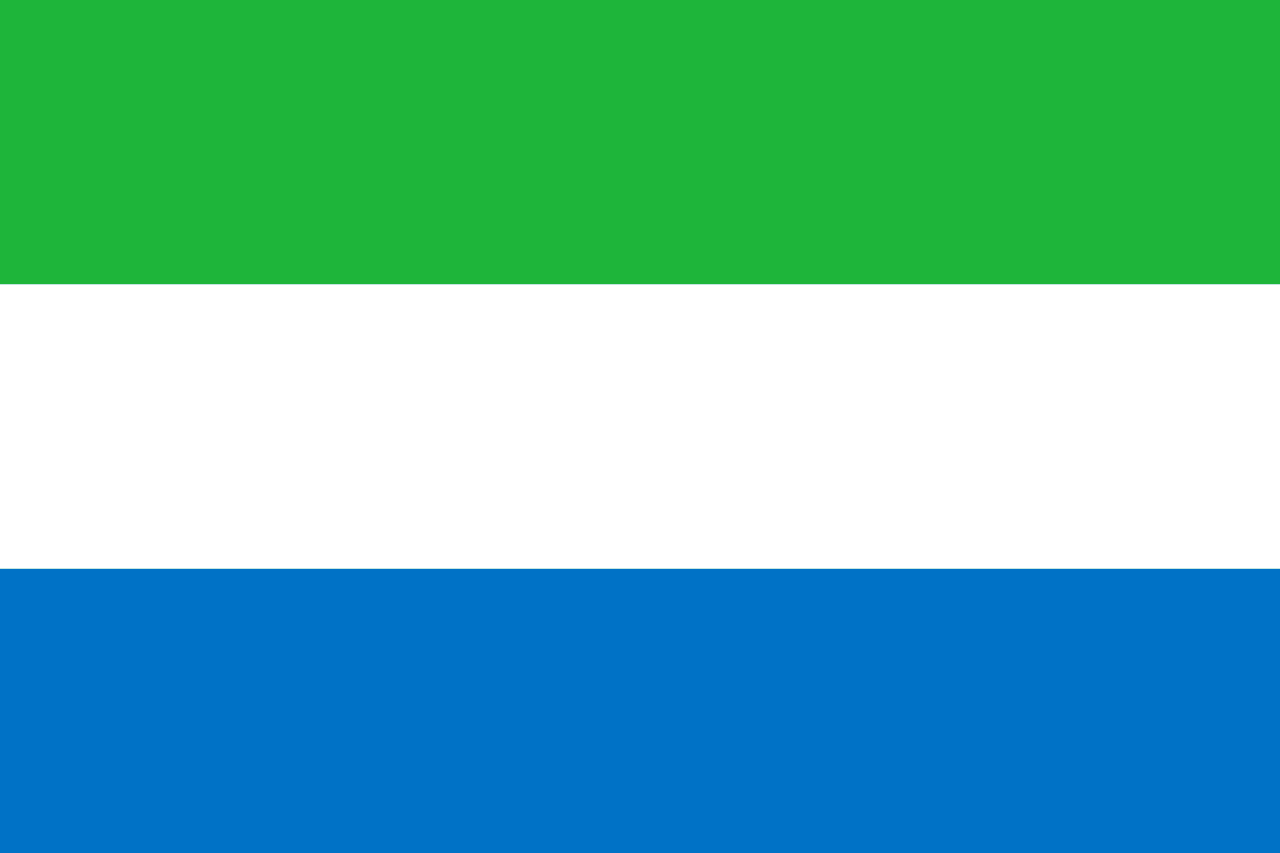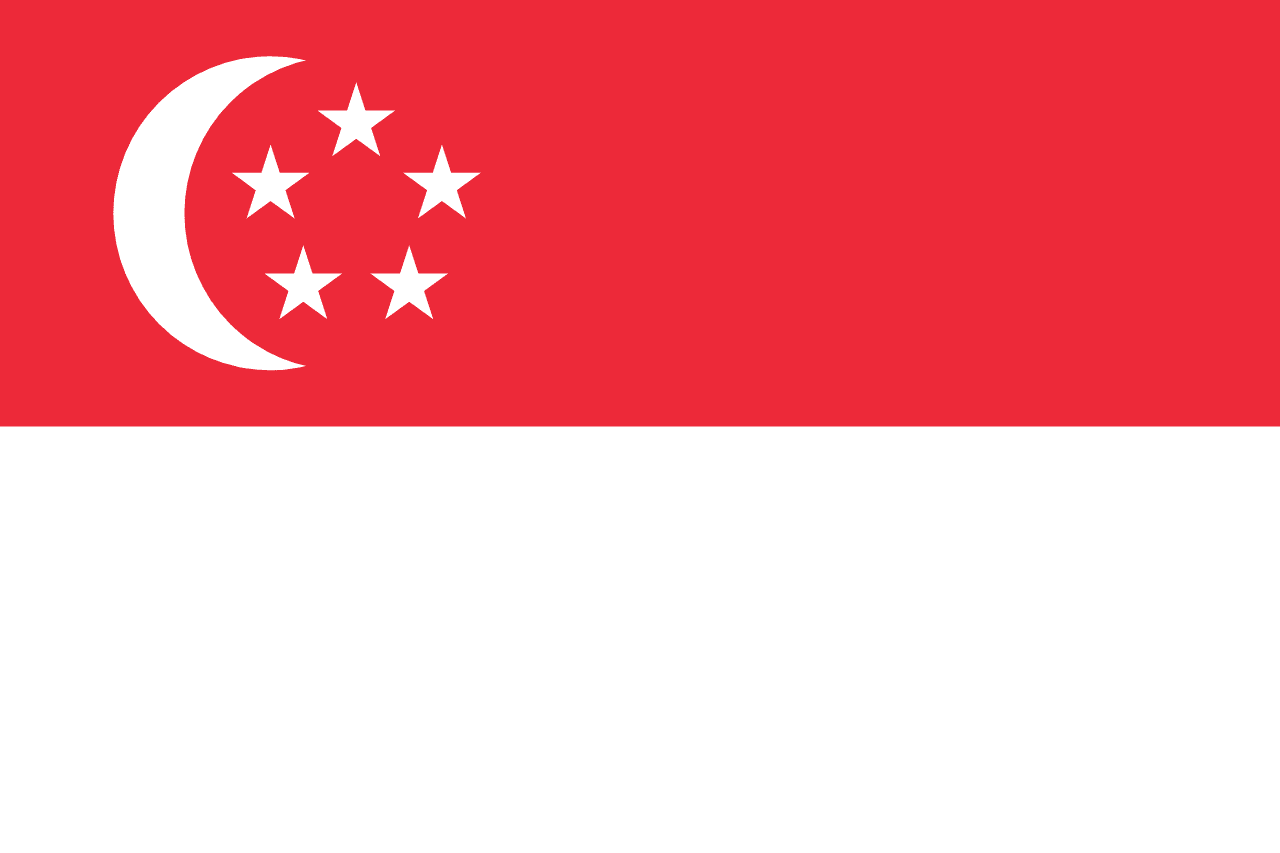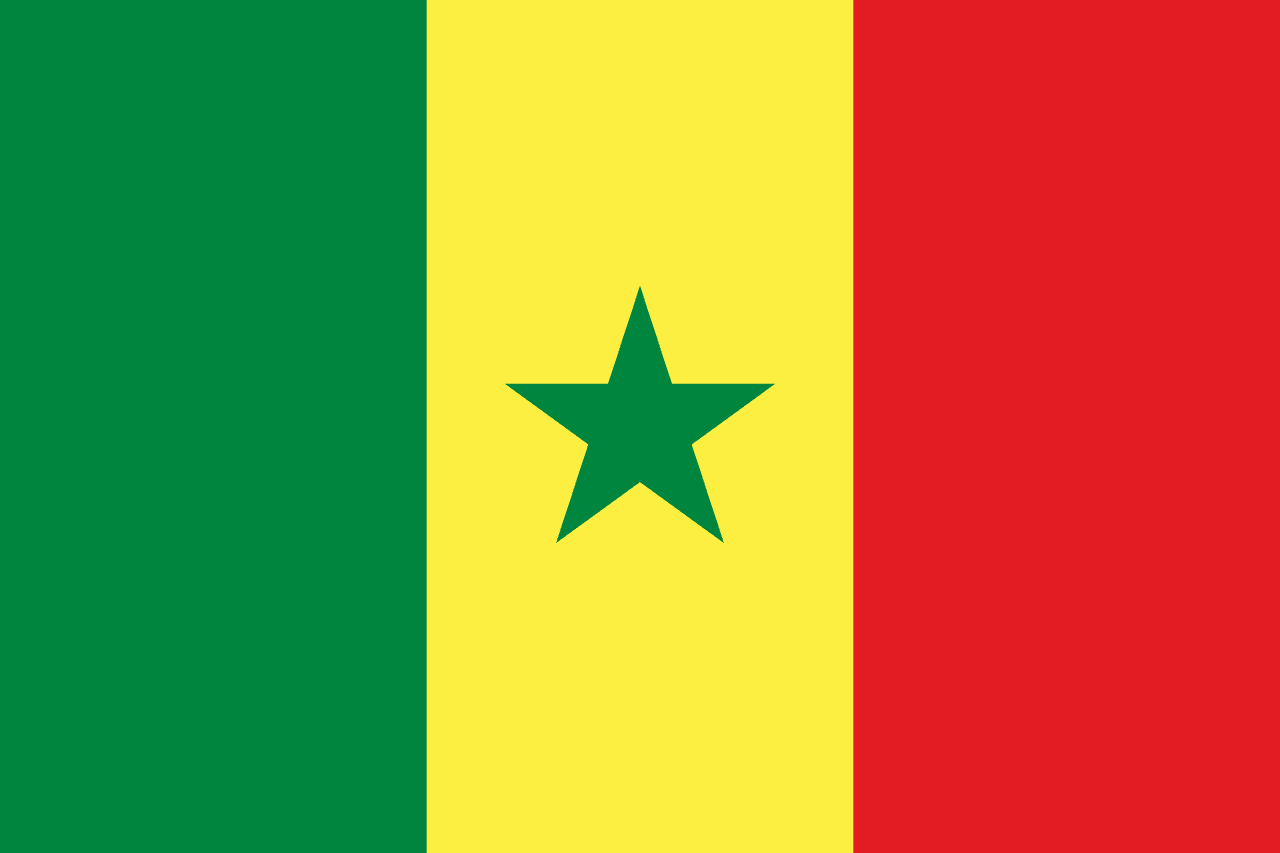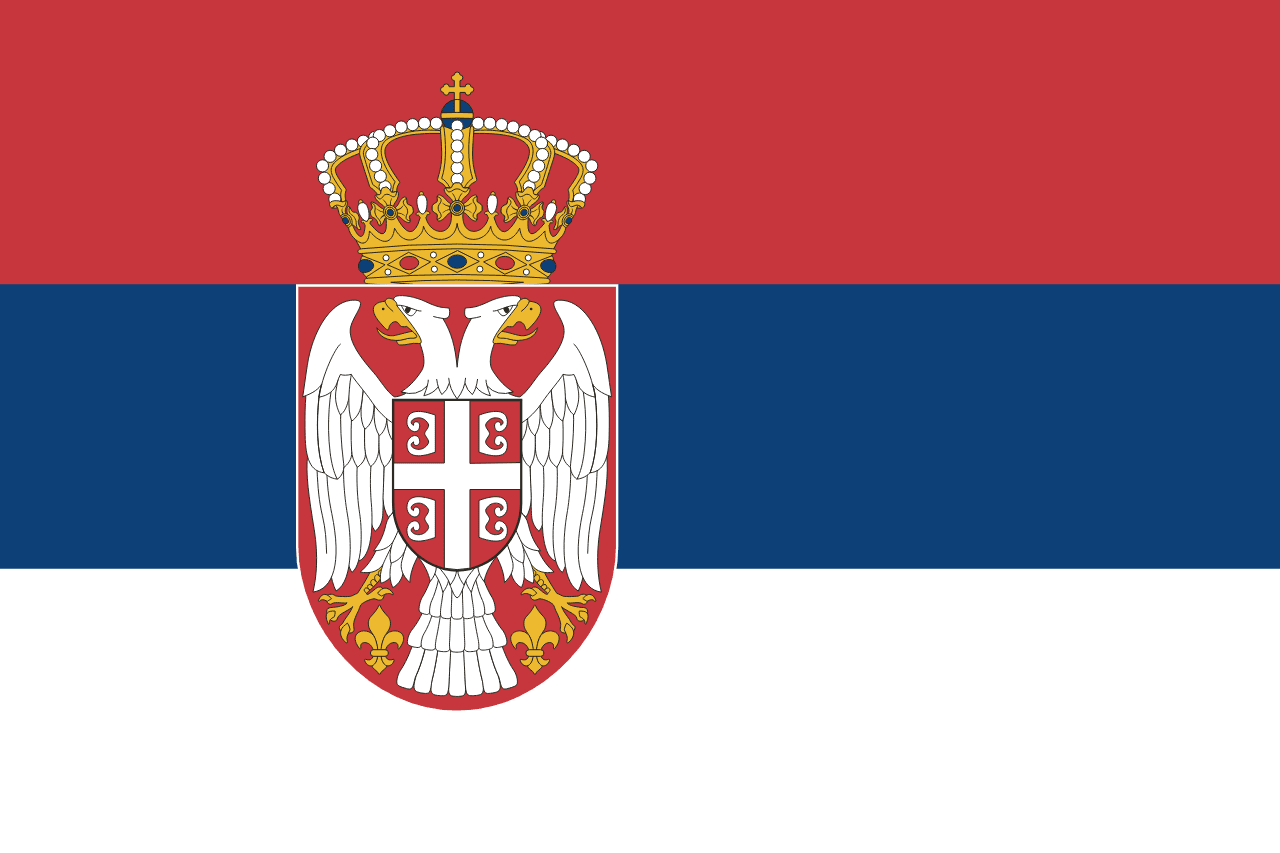The flag of Seychelles consists of five diagonal stripes of blue, yellow, red, white, and green, radiating from the bottom hoist corner. This unique and vibrant design captures the essence of Seychelles' natural beauty, cultural diversity, and aspirations for the future.
Seychelles information
| National Flag Day | — |
| Sovereign state | Yes |
| Official name | Republic of Seychelles |
| Capital | Victoria |
| Population | 98,462 |
| Area | 455 km² |
| Currency | Seychellois rupee (SCR) |
| Language | French, English, Seychellois Creole |
| Continent | Africa |
| Region | Eastern Africa |
| Subregion | — |
| Borders | — |
| Timezone | Seychelles Time (SCT) UTC+4 |
| Calling code | +248 |
| Top-level domain | .sc |
History of the Seychelles Flag
 The current flag was officially adopted on January 8, 1996, replacing the previous design that had been in use since independence in 1976. The new flag was introduced as part of broader changes in the country's political landscape, symbolizing a fresh start and a renewed commitment to national unity and progress.
The current flag was officially adopted on January 8, 1996, replacing the previous design that had been in use since independence in 1976. The new flag was introduced as part of broader changes in the country's political landscape, symbolizing a fresh start and a renewed commitment to national unity and progress.
Each color on the flag holds significant symbolism:
- Blue: Represents the sky and the sea, highlighting Seychelles' location in the Indian Ocean and its maritime heritage.
- Yellow: Symbolizes the sun, which is vital to the tropical climate and tourism industry of Seychelles.
- Red: Stands for the determination and unity of the Seychellois people in their quest for a better future.
- White: Represents social justice and harmony among the diverse population of Seychelles.
- Green: Symbolizes the land and natural environment of Seychelles, known for its lush vegetation and rich biodiversity.
Symbolism and Design of the Seychelles Flag
The flag's unique design, with its diagonal stripes radiating from the bottom hoist corner, is not only visually striking but also rich in symbolism. This dynamic arrangement represents the nation's movement towards the future, with each color embodying a crucial aspect of Seychellois identity and aspirations.
The convergence of the stripes at a single point symbolizes the unity of the Seychellois people despite their diverse origins. The flag's design also reflects the archipelago's geographical composition, with the colors representing the islands emerging from the blue ocean.
Moreover, the flag's layout breaks away from traditional horizontal or vertical stripe patterns, reflecting Seychelles' innovative spirit and its unique position in the world.
Usage and Significance of the Seychelles Flag
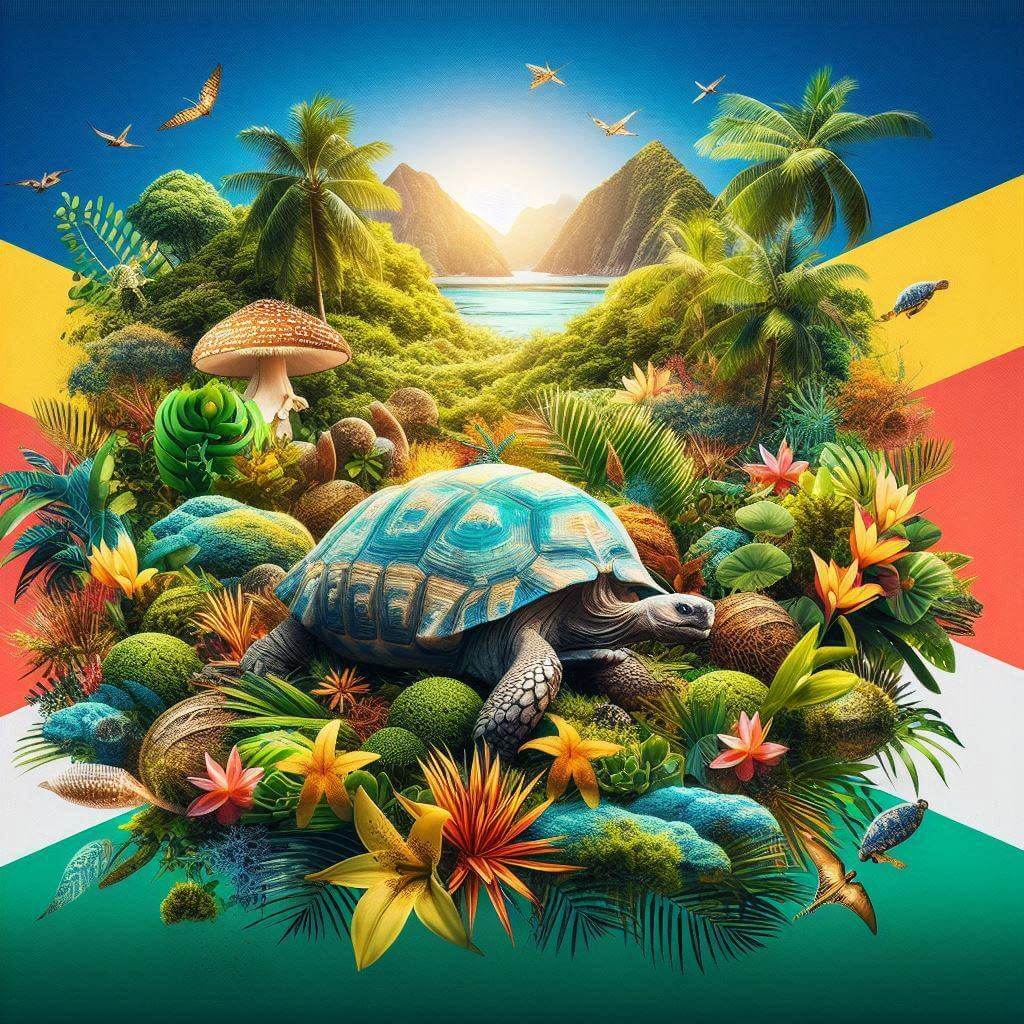 The flag of Seychelles is a source of great national pride and is widely displayed throughout the 115-island archipelago. It flies on government buildings, schools, and during national celebrations such as Independence Day on June 29th and Liberation Day on June 5th.
The flag of Seychelles is a source of great national pride and is widely displayed throughout the 115-island archipelago. It flies on government buildings, schools, and during national celebrations such as Independence Day on June 29th and Liberation Day on June 5th.
In addition to its official uses, the flag's distinctive design has become an iconic symbol of Seychelles internationally, often featured in tourism promotions and cultural exchanges. It represents not only the nation's sovereignty but also its commitment to environmental conservation, social harmony, and sustainable development.
Interesting Facts About Seychelles and Its Flag
- Seychelles is the smallest country in Africa by both land area and population, but it boasts one of the highest Human Development Index rankings in Africa.
- The flag's unique design makes it one of the most recognizable national flags in the world, often praised for its aesthetic appeal and symbolic depth.
- Seychelles is known for its efforts in marine conservation, with over 50% of its land area designated as protected natural reserves, reflecting the green in its flag.
- The country's economy is heavily reliant on tourism, which is symbolized by the yellow sun in the flag, representing the tropical climate that attracts visitors.
- Seychelles is home to unique flora and fauna, including the Coco de Mer, the largest seed in the plant kingdom, and the Aldabra giant tortoise, both of which are protected species.
